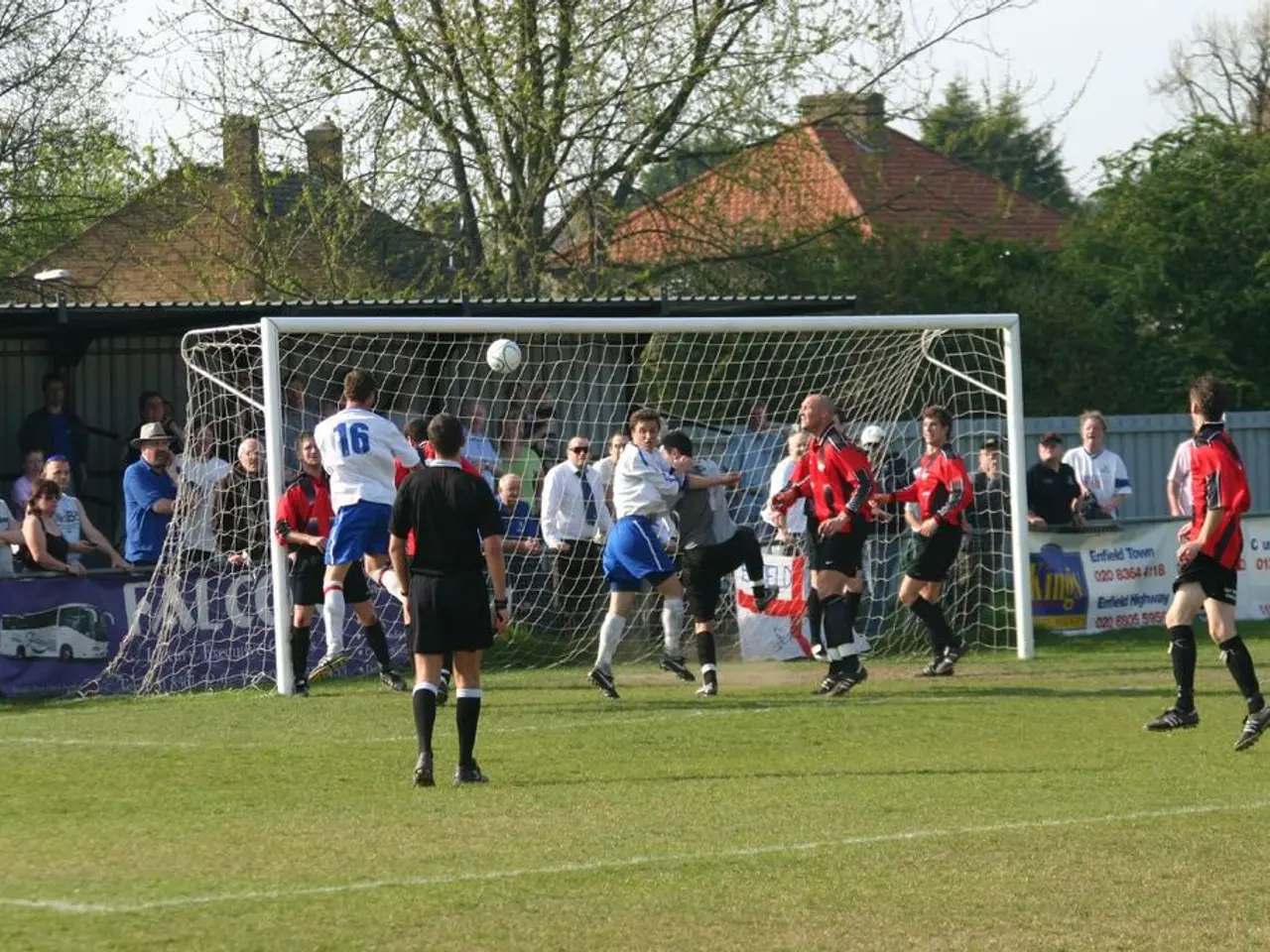Conflict Focused on Four Key Regions
In the current geopolitical landscape, nuclear proliferation has emerged as a pressing concern in various regions worldwide. This article explores the intricate dynamics of nuclear proliferation, focusing on South Asia, Europe, Japan and South Korea, Iran, and global trends.
- South Asia (India and Pakistan): The recent escalations between India and Pakistan, both nuclear-armed nations, have underscored the crucial role of nuclear weapons as deterrents. The 2025 military conflicts, marked by missile strikes and drone warfare, demonstrated Pakistan's nuclear deterrent's effectiveness against a conventionally stronger India. This persistent tension and doubts about external extended deterrence have led to discussions in other regions, such as Japan and parts of Europe, about the possible reconsideration of acquiring nuclear arsenals [2].
- Europe: The ongoing conflict in Ukraine and Russia's aggressive nuclear signaling to deter Western military support have intensified concerns about nuclear escalation thresholds. Western military aid to Ukraine—including advanced weapons—has raised the nuclear use threshold, yet the conflict underscores challenges in nuclear deterrence credibility. The renewed military tensions in Europe have thus complicated nuclear nonproliferation by increasing latent proliferation incentives for some states [2].
- Japan and South Korea: The combination of regional security threats, notably from North Korea, and uncertainties regarding U.S. extended deterrence, has heightened proliferation concerns. Japan, traditionally a non-nuclear state, is among the countries reconsidering nuclear options in light of these rising threats and regional instability [2].
- India and Pakistan’s Ongoing Rivalry: The military escalations reaffirm the delicate balance of deterrence in South Asia, where asymmetric conventional military strength is often offset by nuclear capabilities. This ongoing rivalry contributes to proliferation risks in the region [2].
- Iran and the Middle East: Iran’s ambiguous nuclear program, viewed as pursuing weapons capabilities under the guise of civilian nuclear development, presents a persistent nonproliferation challenge. The limitations of international monitoring and verification under the NPT enable states like Iran to potentially advance nuclear weapons clandestinely, which escalates regional proliferation risks and heightens tensions in the Middle East [4].
- Global Trends: According to the 2025 SIPRI report, major nuclear powers, notably the U.S., Russia, and China, are modernizing and expanding their arsenals, marking an end to post-Cold War arms reduction. This arms race may encourage other states to reassess their nuclear postures amid uncertain global security dynamics [1].
In light of these developments, it is crucial to address the root causes of these conflicts and work towards nuclear disarmament and nonproliferation. The risk of nuclear weapons falling into the wrong hands or being used in a conflict is a threat that cannot be ignored. As geopolitical tensions continue to escalate, the international community must work together to maintain peace and stability.
- Global Trends: The modernization and expansion of nuclear arsenals by major powers, as noted in the 2025 SIPRI report, have raised concerns that these actions may incite other states to reconsider their nuclear postures, particularly in regions with unstable security dynamics.
- Europe and Middle East: The nuclear program of Iran, shrouded in ambiguity as it is seen to be developing weapons capabilities under the guise of civilian nuclear development, continues to represent a significant challenge for nuclear nonproliferation efforts in the Middle East. The potential for clandestine nuclear weapons advancements, supported by limited international monitoring and verification, escalates regional proliferation risks and exacerbates tensions.






